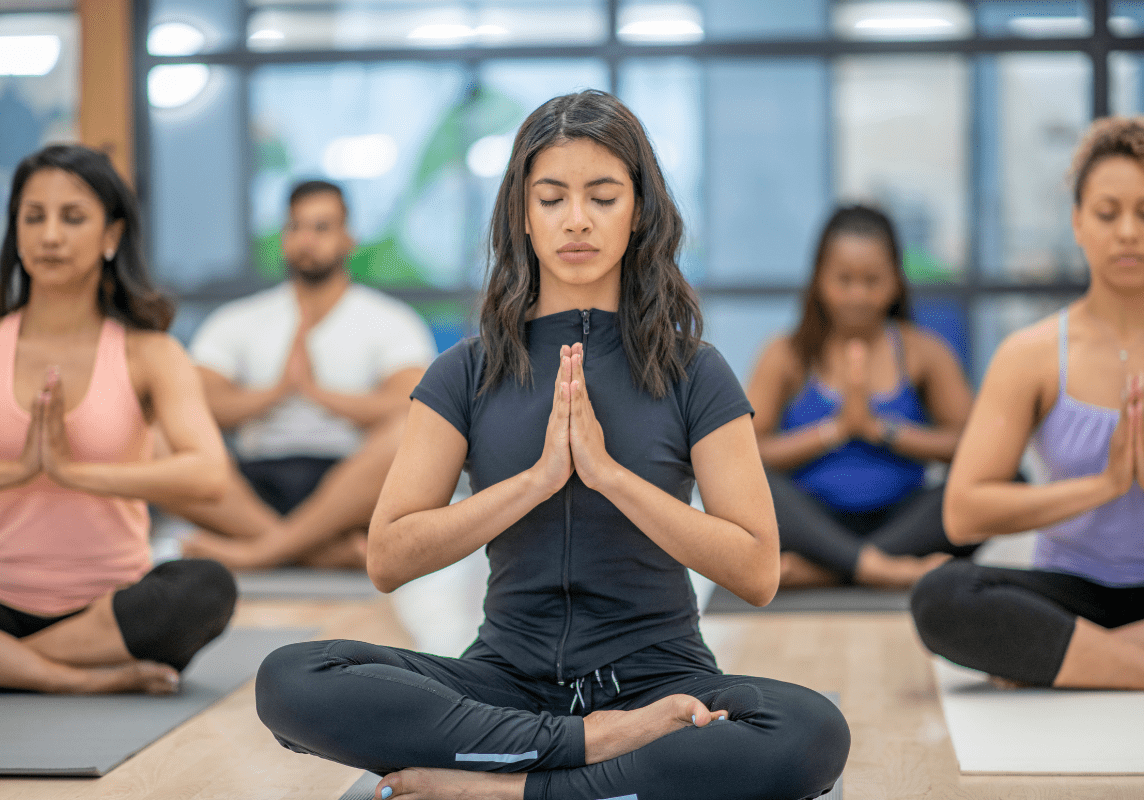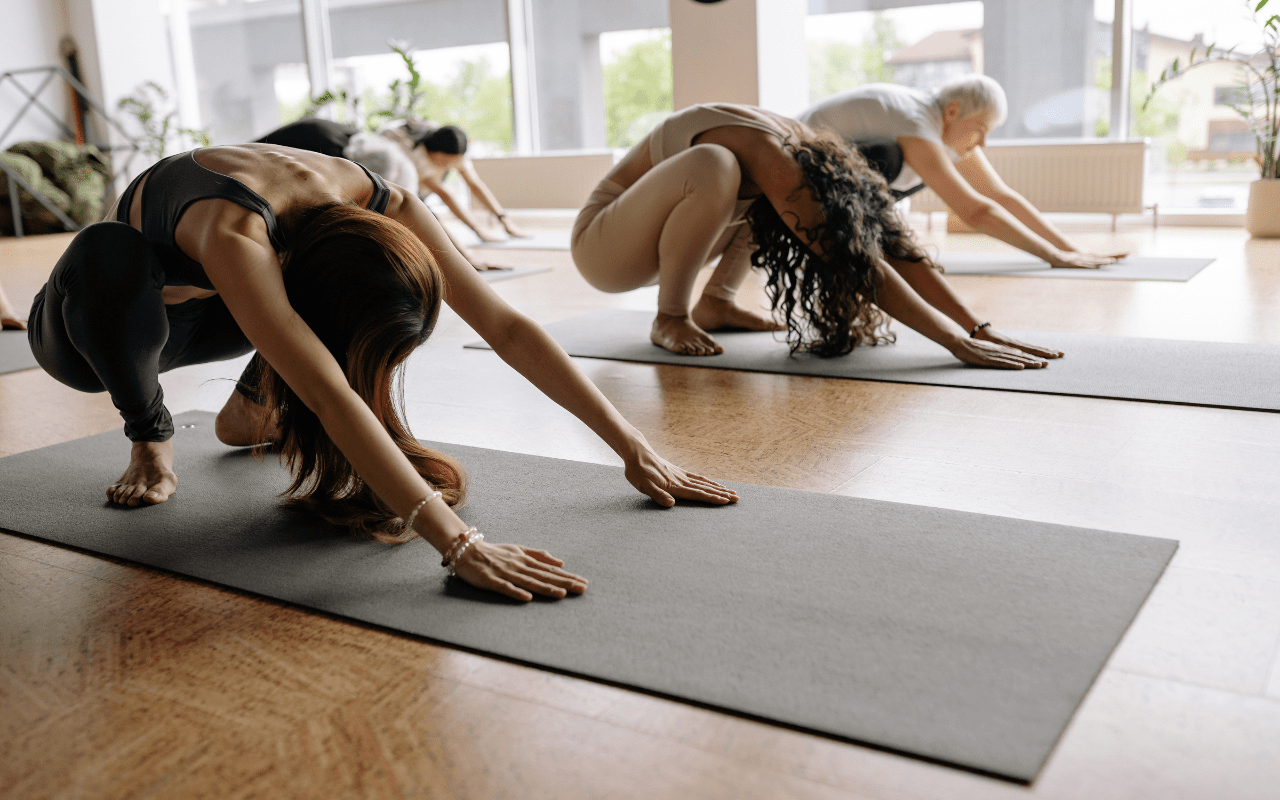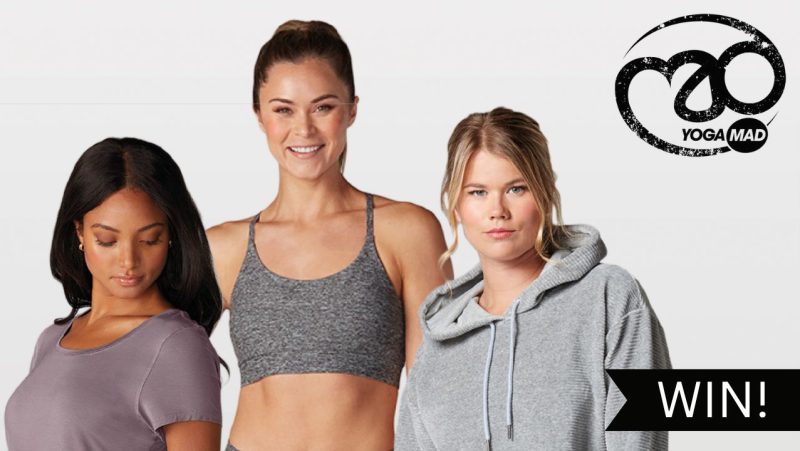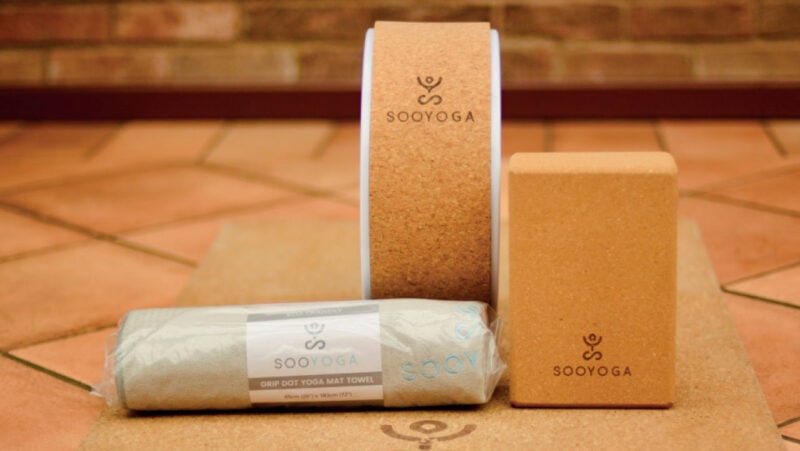
What is the best style of yoga to practice?
With so many different styles of yoga being taught, it can be difficult to choose the best option.
By Jeni Peters
So many people have asked me: "What style of yoga do you teach? Who did you do your teacher training with? What yoga qualifications do you have?" With so many different styles of yoga now being taught in the industry, it can be a minefield for a participant to choose the best option when they are just starting on their journey.
History of yoga
When I first started practicing, I just wanted to do the physical movements of yoga and didn't care for the mental, spiritual or emotional aspects of yoga. If this resonates with you, I won't go into the philosophy of yoga and where it all came from. All you need to know is any yoga practice will eventually tap into your mind as well as your body, and like me now, you will eventually want to know more than the physical aspect as it will change your life!
But for now, let's explore the physical aspect of yoga.
What style of yoga can I practice?
Vinyasa: Vinyasa means flow, and this is exactly what happens with this style of yoga. Poses are linked together in a routine to allow a constant flow of movement to occur. The movements are carried out in a fast sequence, linking breath with each pose. Routines can range from improving strength (particularly in the core), flexibility and balance, and include moves that allow the body to bend, extend and inverse.
Ashtanga: Created by Pattabhi Jois, this type of yoga is made up of approximately 75 moves in a sequence that can take 90 minutes to 2 hours to complete. A participant will continue to practice this set sequence and only when they have mastered it, can they then move onto the next series of moves. There are six series that can be performed, each series containing more complex and challenging moves. Regular practice of Ashtanga will increase physical strength and flexibility in the participant, particularly in the core and upper body.
Iyengar: Designed by B.K.S. Iyengar, this type of yoga focuses on precision and alignment and performing the yoga movements how they were originally designed to be achieved. The use of props (chairs, blocks, straps) within the class allows our 21st-century body to be able to achieve more optimal alignment of the poses completed, improving our posture and changing how we live our lives outside the practice.
Hot yoga: This practice is performed in a studio of 40°C and 40% humidity. Heat can be fantastic for relaxing the muscles (allowing greater range of movement to occur within the body) and practicing in this higher temperature has also been known for its detoxifying properties. Bikram is the original hot yoga class; famous for its 26 postures, which are repeated and performed the same way each time over a 9 minute period.
Hatha: If you prefer a slower-paced yoga, Hatha may be for you. Movements in this practice are carried out with control alongside the breath, and there is a greater emphasis on stretching. The slower pace brings more a mindful approach to the practice, and emphasis may be placed on carrying out more breathing techniques (Pranayama).
Restorative: Postures are usually performed on the floor using props to be able to fully relax. This practice is designed to calm down the body, allowing it to move from the sympathetic nervous system to the parasympathetic nervous system; and restoring it back to its natural state. There are definitely times when we just have to listen to our bodies and rest!
Nidra (sleep yoga): A restful practice that is often coupled with visualisation and storytelling, designed to allow you to fully rest and restore. As the name suggests, this is a good type of yoga to do before bedtime (especially if you are a restless sleeper or don't sleep much at all). Equipment ranges from blankets, pillows, eye masks and candles to create the ultimate relaxed atmosphere. Pure bliss!
Yin: Targeting the energy channels (meridians) within the body and the surrounding connective tissue, Yin yoga can improve the health of the organs which are served by the meridians that flow through them. Poses are usually held still for 2-15 minutes, with the stillness of the pose not only allowing for greater mobility and flexibility to occur, but helping to silence the mind and enhance relaxation. This is another great yoga practice to do to calm down the body and mind before bedtime.

In summary, there are many types of yoga practiced, with more variations popping up all of the time. Find what style is going to work for your goal and what sits well with your values and beliefs. Ensure that you can engage with both the instructor and the class to get the best out of what yoga can offer you. Finally, be open to change and understand that the yoga style you start your practice with will most likely change as you become more aware of your body and its needs, and increase the want to develop further on both a physical and mental level.
By the way, in response to the question originally posed at the start of this article, I completed a Level 4 academic yoga course, accredited by Focus Awards. The training and knowledge given were pitched at exactly the level that I wanted and it was offered in a way that suited me at the time. The course allowed me to find my own style of teaching by being open to what it offered (and my style has definitely changed a lot over the years of teaching and practicing!). I have also continued with my yoga development and have recently completed 50 hours of Yin yoga to add an extra string to my yoga bow. If you would like to practice with me, I would love to hear from you!







